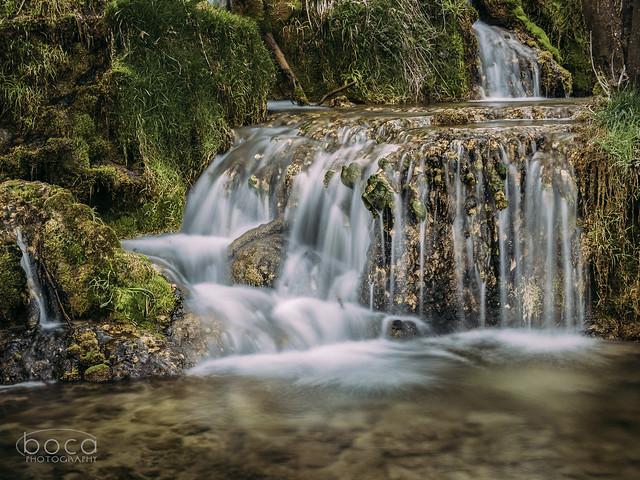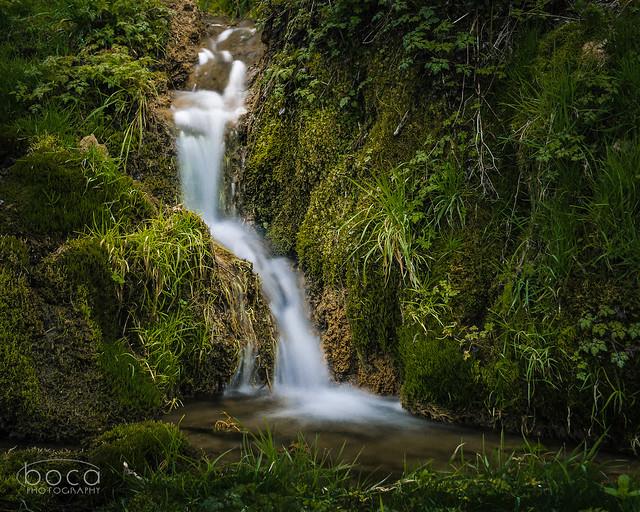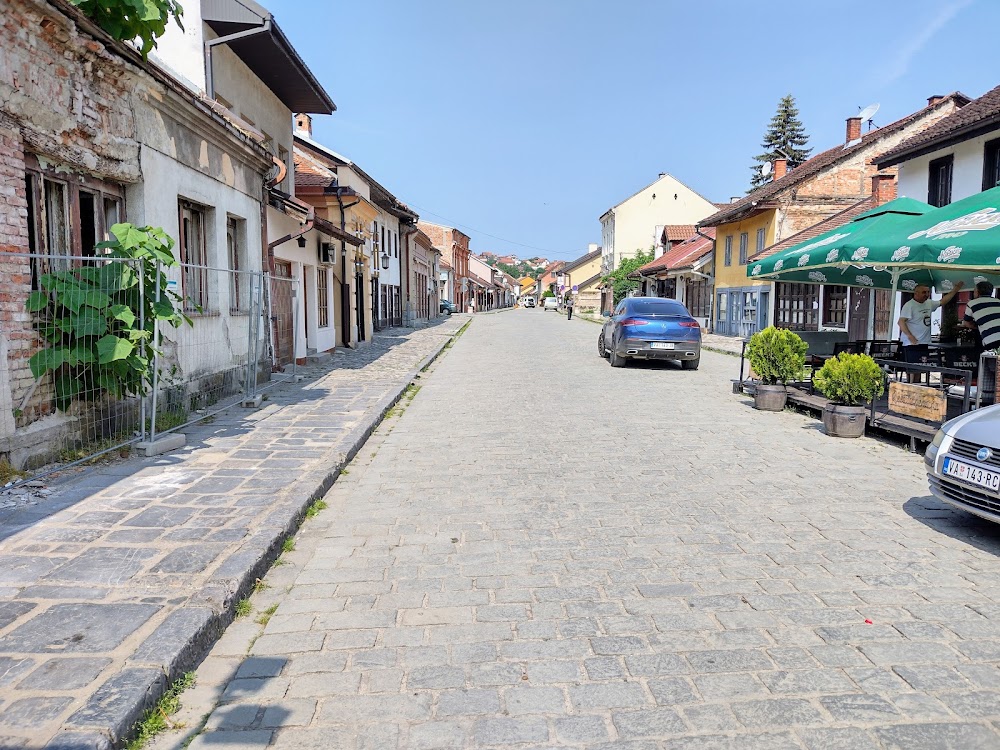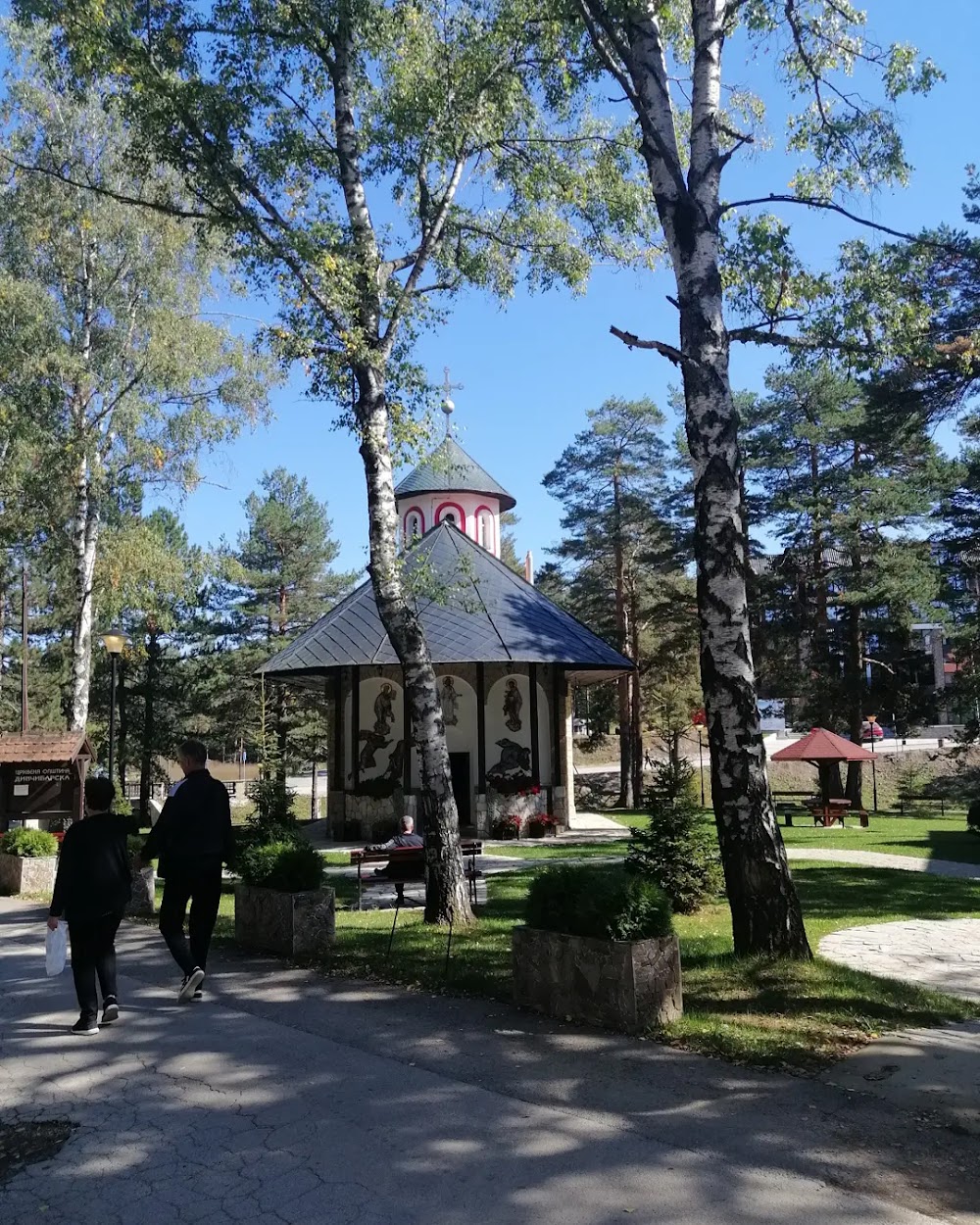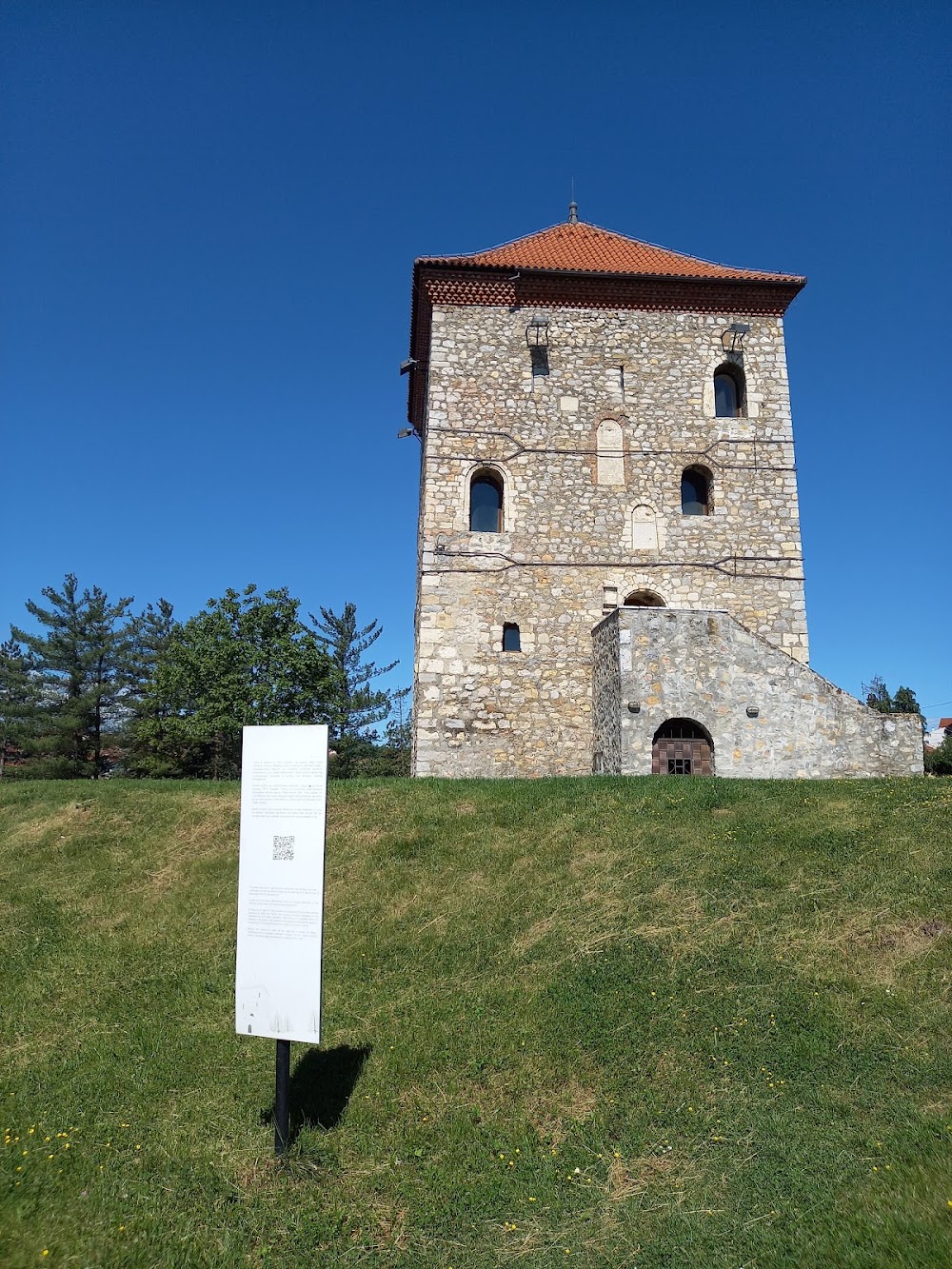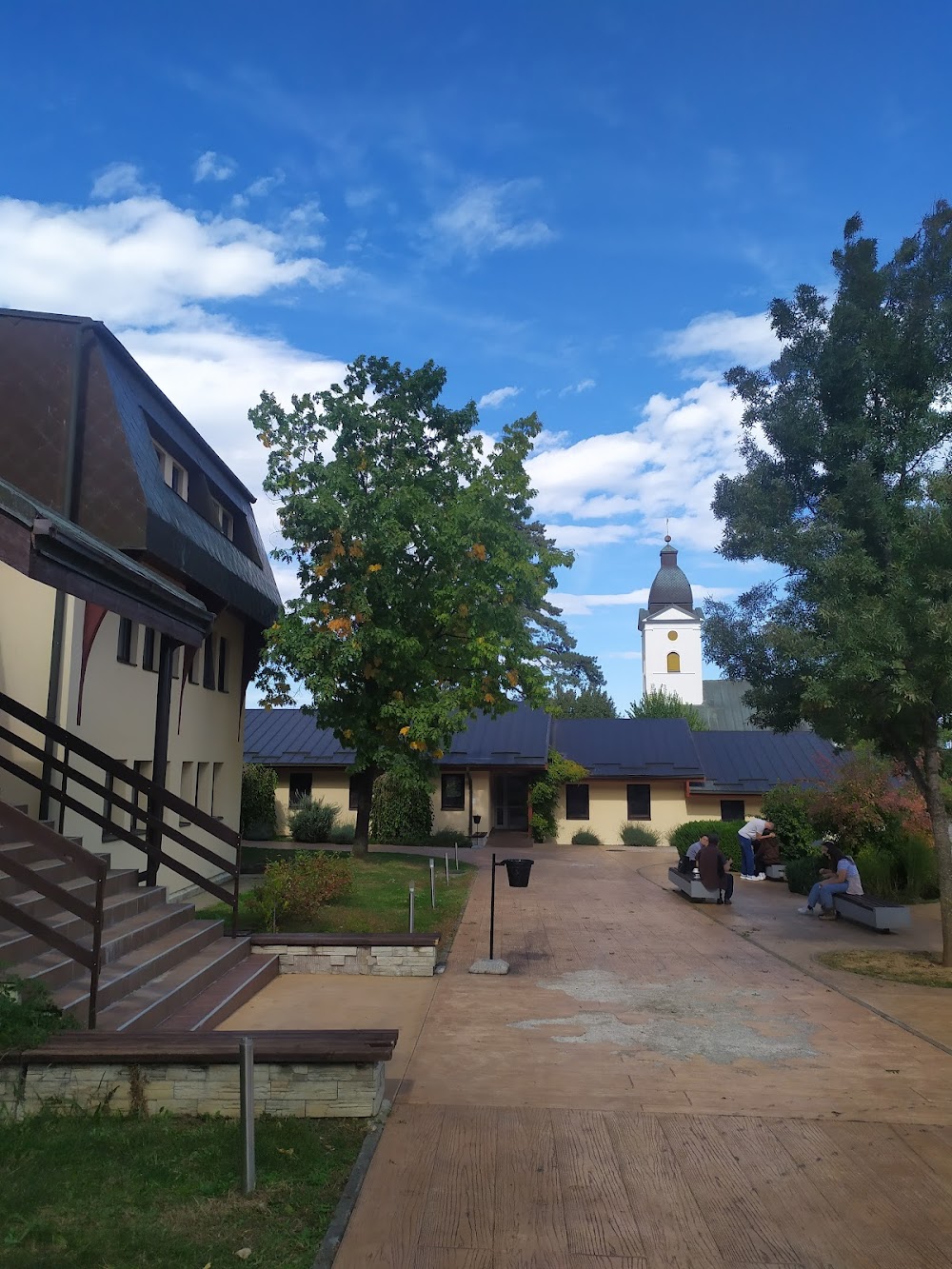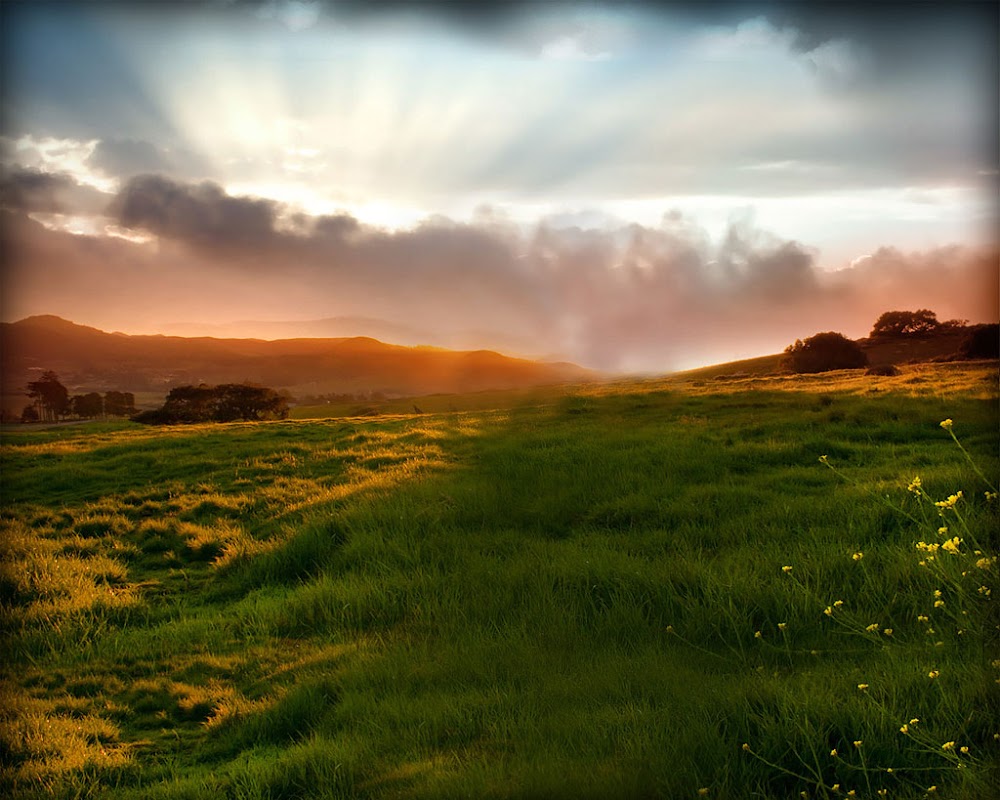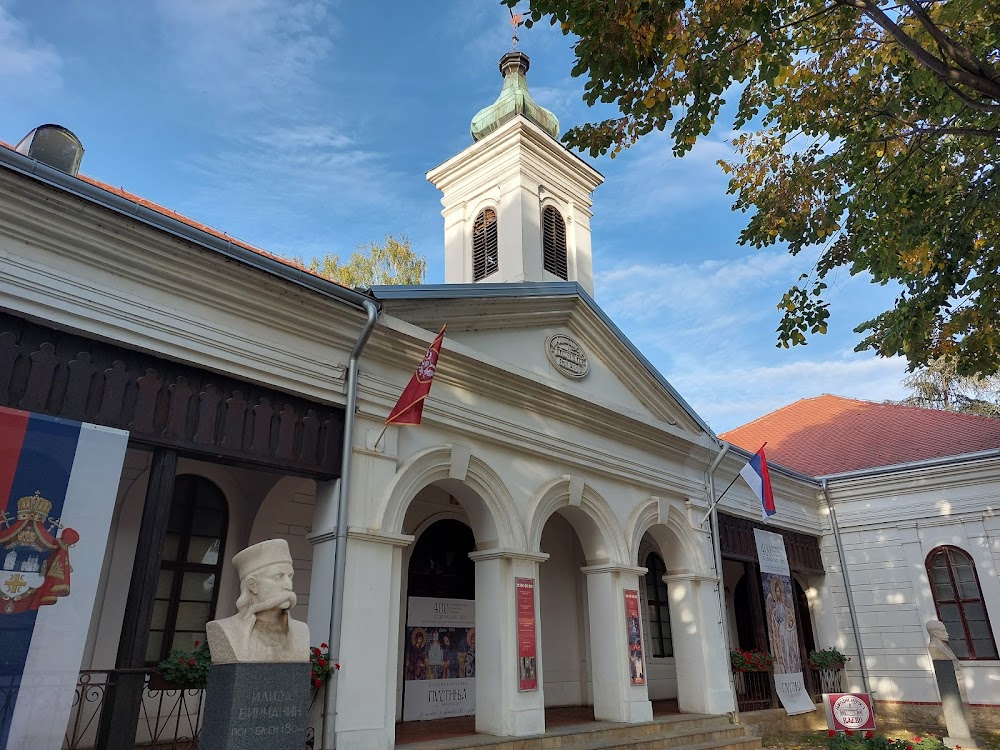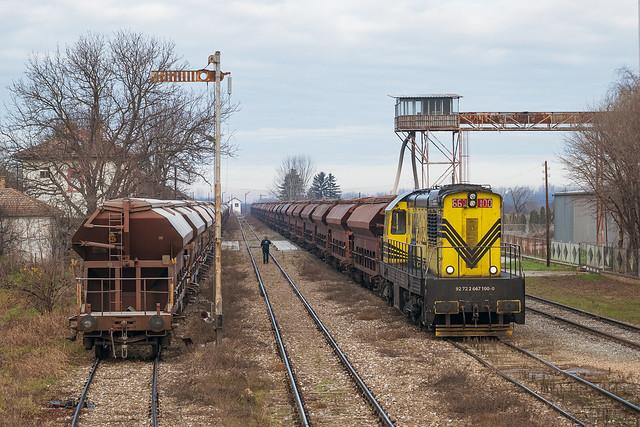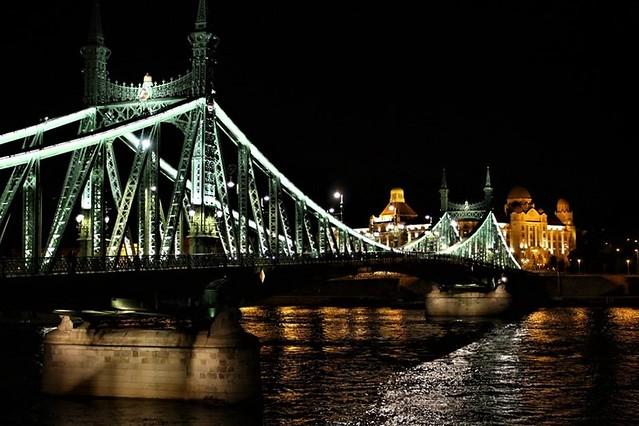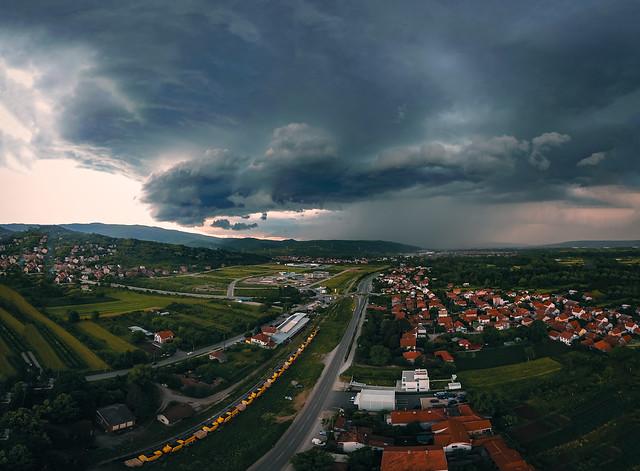Kolubara District
Overview
Kolubara District, located in western Serbia, offers a unique blend of natural beauty and cultural heritage, making it an exciting destination for teenage travelers. The district is named after the Kolubara River and is known for its historical significance and rich cultural landscape. The region boasts a variety of architectural styles, from medieval monasteries and churches to traditional Serbian houses, reflecting its long and diverse history. The local cuisine is a highlight, with traditional dishes that offer a taste of Serbia’s culinary richness. Teenagers will enjoy exploring the vibrant folklore, music, and dance that are integral to the district's cultural identity, providing a deeply immersive experience.
The high season for tourism in Kolubara District is during the summer months, from June to August, when the weather is warmest and most conducive to exploring the outdoors. During this period, temperatures typically range from 20°C to 30°C (68°F to 86°F), ideal for activities such as hiking, biking, and sightseeing around the district's historical sites. The Manasija Monastery, a stunning example of Serbian medieval architecture, and the Vrujci Spa, known for its therapeutic waters, are particularly popular during these months. Cultural festivals and events, which often include traditional music and dance, are also plentiful in the summer, offering visitors a chance to experience local traditions firsthand.
Before traveling to Kolubara District, there are several preparations that teenagers should consider to ensure a smooth and enjoyable trip. Firstly, obtaining a valid passport and checking visa requirements is crucial as Serbia may have specific entry regulations depending on the traveler's nationality. It’s advisable to learn a few basic phrases in Serbian, as this can enhance communication with locals and enrich the travel experience. Additionally, packing should include versatile clothing options to adapt to varying temperatures, especially if planning outdoor activities. Lastly, familiarizing oneself with local customs and etiquette will not only show respect but also help in forging a deeper connection with the community and its culture.
How It Becomes to This
History not available

Places in Kolubara District
Explore the most popular attractions and landmarks
You May Like
Explore other interesting states in Serbia




